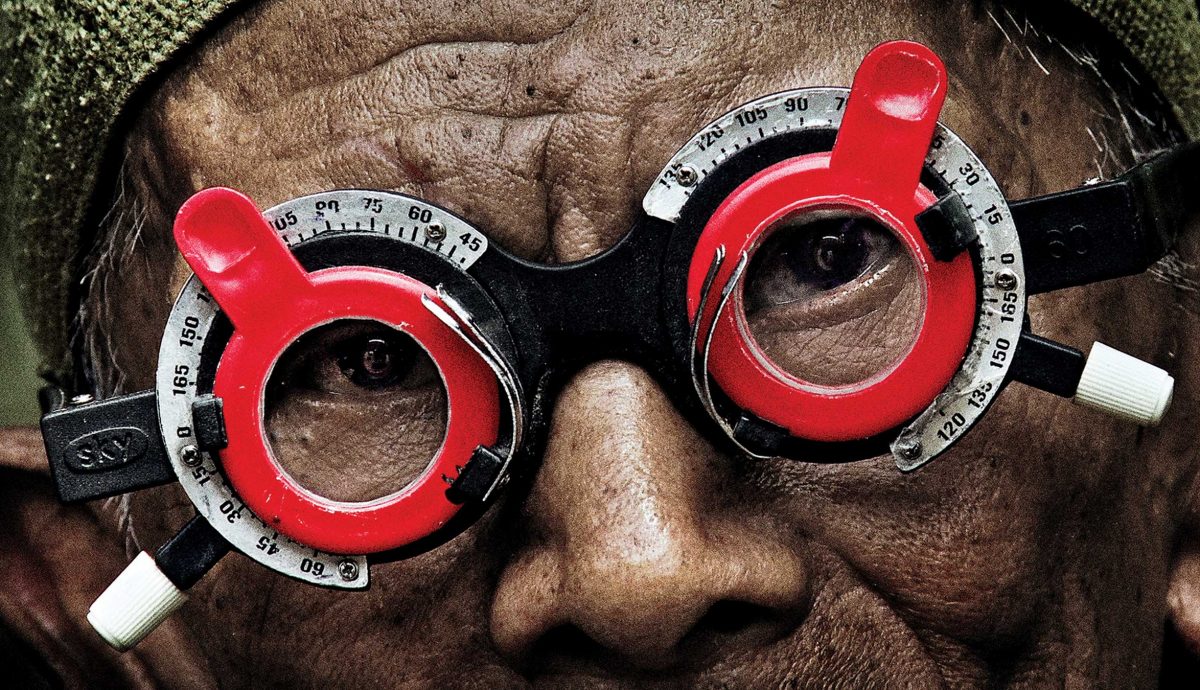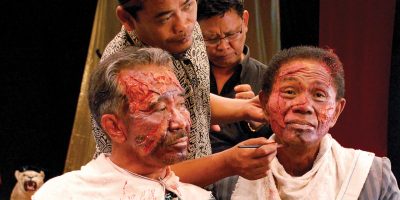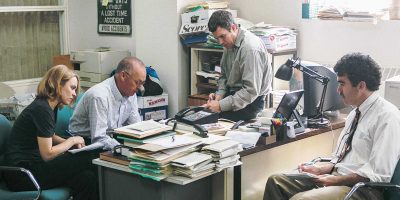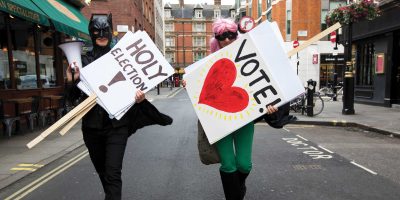
Joshua Oppenheimer
Academy Award®-nominated director
Notable works: The Act of Killing, The Look of Silence
For a film to generate positive social impact, it needs to hold up a mirror to the audience.
That’s because the shock in great art and great storytelling is always the shock of the familiar, when you encounter something about yourself in a work.
Often, journalism and news media only provide a snapshot of an issue, but documentary film lends itself to telling deeper stories about people, stories that can touch the core of our being. With The Act of Killing and The Look of Silence, I wanted to tell a deeper story about the Indonesian genocide by exploring the impunity of the perpetrators.
When working on a film, I always start with what troubles me or what I can’t look away from. This requires looking within, beyond the superficial. In the case of The Act of Killing and The Look of Silence, it was the boastfulness of the perpetrators that captivated and disturbed me. I felt there was something performative in the way they were showing off about the worst of their crimes.
The Act of Killing awards
“The Act of Killing (2012): Awards.” IMDb, 2019.
The Look of Silence awards
“The Look of Silence (2014): Awards.” IMDb, 2019.
My crew and I devised ways to explore this impunity by setting up new situations that made this performance visible. In The Act of Killing we asked the perpetrators to dramatize their memories of murder and how they felt about participating in a genocide. In this way, we created a new reality as we brought certain aspects of the perpetrators to the surface that had previously been invisible to the rest of society. Similarly, in The Look of Silence we created a new reality by helping our protagonist Adi confront his brother’s killers.
This kind of work is never easy, so you need to cultivate the right environment on the shoot in order to evoke these new realities. It’s about establishing a safe space and being transparent, since your crew and participants will be pushed beyond their comfort zone. You are creating an intervention. This is the task of the artist: to create new pieces of the world that force us as viewers to reflect on and recognize things that we were unable to speak about previously.
While I knew this work was disruptive, I didn’t think that The Act of Killing would have an immediate inflammatory impact and explode in the way that it did. It became a touchstone of discussion, leading to a swift transformation in how the Indonesian media was talking about the past. Just three weeks after the first press screenings, the media shifted from talking about the “heroic extermination of the communists” — or more vaguely “the troubles of the 1960s” — to describing the atrocities as a genocide carried out by people who still remained in power.
The Act of Killing distribution and reach
The Act of Killing premiered at the Telluride Film Festival in 2012. It went onto screen at festivals in 57 different countries.
Doc Society. “The Act of Killing.” The Impact Field Guide & Toolkit, impactguide.org/static/library/TheActofKilling.pdf.
Thompson, Anne, and Maggie Lange. “Documentary ‘The Act of Killing’ Premieres at Telluride, Screens at Toronto.” IndieWire, Penske Business Media, 31 Aug. 2012.
There was a real hunger for The Look of Silence too. It was screened 950 times in 116 cities in 32 of Indonesia’s 34 provinces. Numerous public screenings were held in Medan, which is the city where both films were made. Not every organization that screened the film could report on how many people attended, but we know that at least 53,000 people went to screenings held by universities, film clubs, NGOs, religious organizations, and community groups. We made the film available for free online and it has now been streamed or downloaded tens of millions of times in Indonesia alone.
The Act of Killing Indonesian screenings
In a sample period from May–August 2013, over 1,000 DVDs were sent out to 118 cities, in 29 of the 34 Indonesian provinces. The organizations and individuals who received DVDs often held screenings of the film.
There were 45 publicly announced screenings on August 17th 2013 (the anniversary of Indonesian Independence Day 1945) in various cities in Indonesia.
Doc Society. “The Act of Killing.” The Impact Field Guide & Toolkit.
As a result, young people started demanding the truth. Survivors of the genocide organized an international people’s tribunal, and Indonesian teachers’ unions created an alternative history curriculum so that they wouldn’t have to continue to teach the false, official version. Initiatives in visual history, theater, art, and human rights sprang up across the country, many of which are still active today.
Historians demanded that the Indonesian and American governments open up their archives to shed light on the role the US played in the genocide, and we supported them by hosting screenings at the White House. Then, on December 10th 2014, Senator Tom Udall (D-NM) — who screened The Act of Killing to Congress earlier that year — introduced a Senate resolution demanding that the US declassify all documents pertaining to America’s role in the genocide, and that it apologize for America’s part in the slaughter.
The Look of Silence distribution and reach
Not every organization that screened the film informed the filmmakers how many people attended, but 53,000 people are recorded as having attended screenings held by universities, film clubs, NGOs, religious organizations, and community groups.
“The Look of Silence Press Notes.” Human Rights Watch Film Festival, Human Rights Watch.
http://ff.hrw.org/sites/default/files/films/press_kits/TheLookofSilencePressNotes_Final_2.pdf
On October 18th 2017, the US government released official documents on the mass killings in Indonesia in 1965–1966. The released documents revealed that US diplomats and their State Department counterparts in Washington, D.C. had full knowledge of the events. They detailed tens of thousands of killings of suspected Communist Party members and ethnic Chinese, as well as trade unionists, teachers, activists, and artists. These killings were committed by the Indonesian military, paramilitary groups, and Muslim militias.
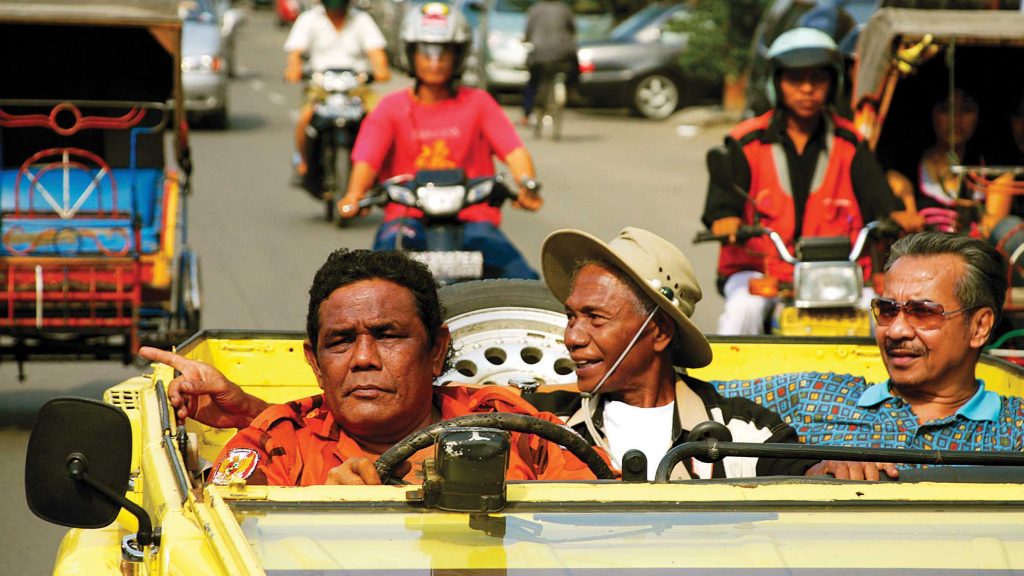
If you want your film to have a real impact, I think it has to force people to see that the world cannot continue in its present form. Many documentaries simply present us with another worthy cause and fail to challenge the viewer or make them passionate about an issue. Some people might sign a petition or make a donation, but this is not sufficient and can actually close down the conversation. These kinds of documentaries are a missed opportunity and only serve to reassure or congratulate the viewer that they are a good person for simply caring.
The Indonesian media investigates
After watching The Act of Killing, Indonesia’s premier news magazine, Tempo, decided it would break its silence on the genocide and gather fresh evidence, sending a team around the country looking to find other perpetrators who would talk about their crimes.
As of February 2013, there were more than 600 new Indonesian press articles re-examining the genocide.
Doc Society. “The Act of Killing.” The Impact Field Guide & Toolkit.
The most comfortable explanation for the stories told in The Act of Killing is that these men are monsters, because it is predicated on the assumption that “I, the viewer, am not a monster.” Instead, I tried to present the audience with human beings who were wrestling with guilt. I started to see myself in them, and the film asks viewers to do the same. That’s a profoundly uncomfortable position and one that a significant number of people will reject. But those that are prepared to look in the mirror will ask themselves the important questions: why do we do these things and how can we live with them?
That’s why the end of the film is possibly the darkest happy ending in documentary history. You realize that even a man like Anwar, one of the leaders of the death squads back in the 60s, is fundamentally a human being. If that’s the case, then we ought to be able to find ways of living together that ensure the unthinkable violence committed will never happen again.
The National Human Rights Commission of Indonesia





















































